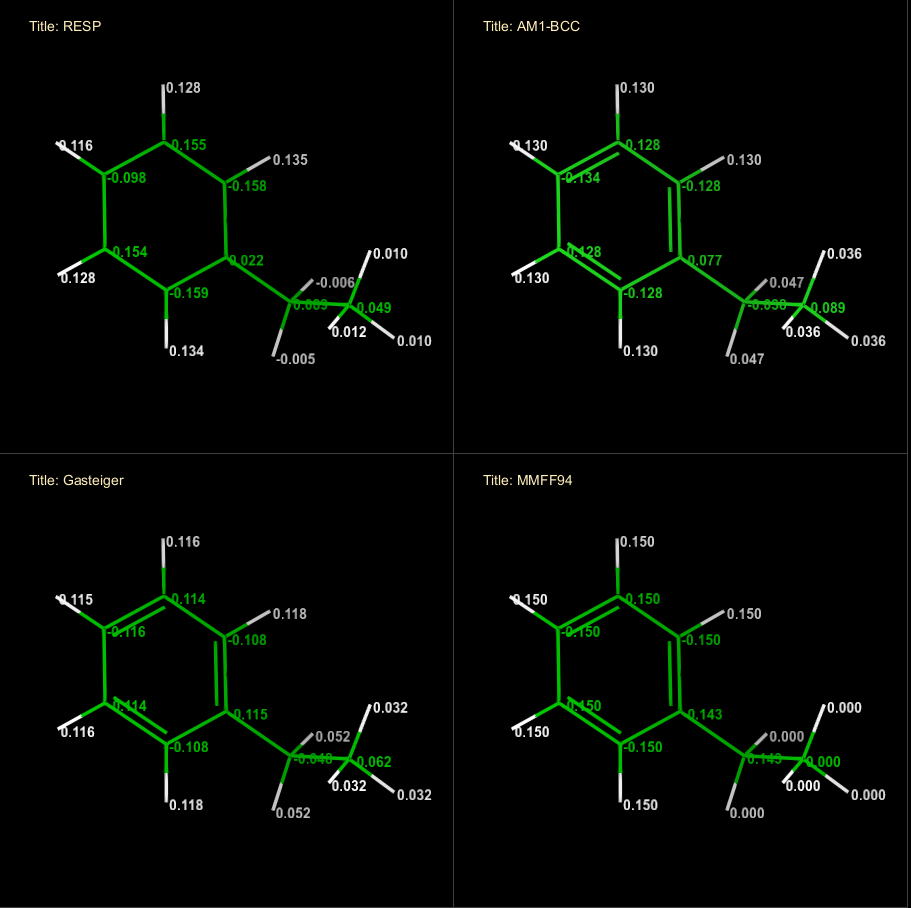Water solubility of compounds significantly affect its druggability, absorption and distribution property, such as oral bioavailability, intestinal absorption and BBB penetration. Typically, a low solubility goes along with a bad absorption and therefore the general aim is to avoid poorly soluble compounds. For convenient, water solubility (mol/Liter) are converted to logarithm value as LogS.
There are two major methods to predict LogS, atom contribution method and machine learning based method. The atom contribution method predict solubility via an increment system by adding atom contributions depending on their atom types. The machine learning method uses 2D or 3D features generated from molecular structures to fit a regression model for prediction.
The atom contribution method requires solid domain knowledge of cheminformatics, while machine learning method can use out-of-box cheminformatic toolkit to generate features for fitting models. Sounds easy, right? 😉
Here, we use python with rdkit and sklearn to predict LogS trained from a public dataset of water solubility
